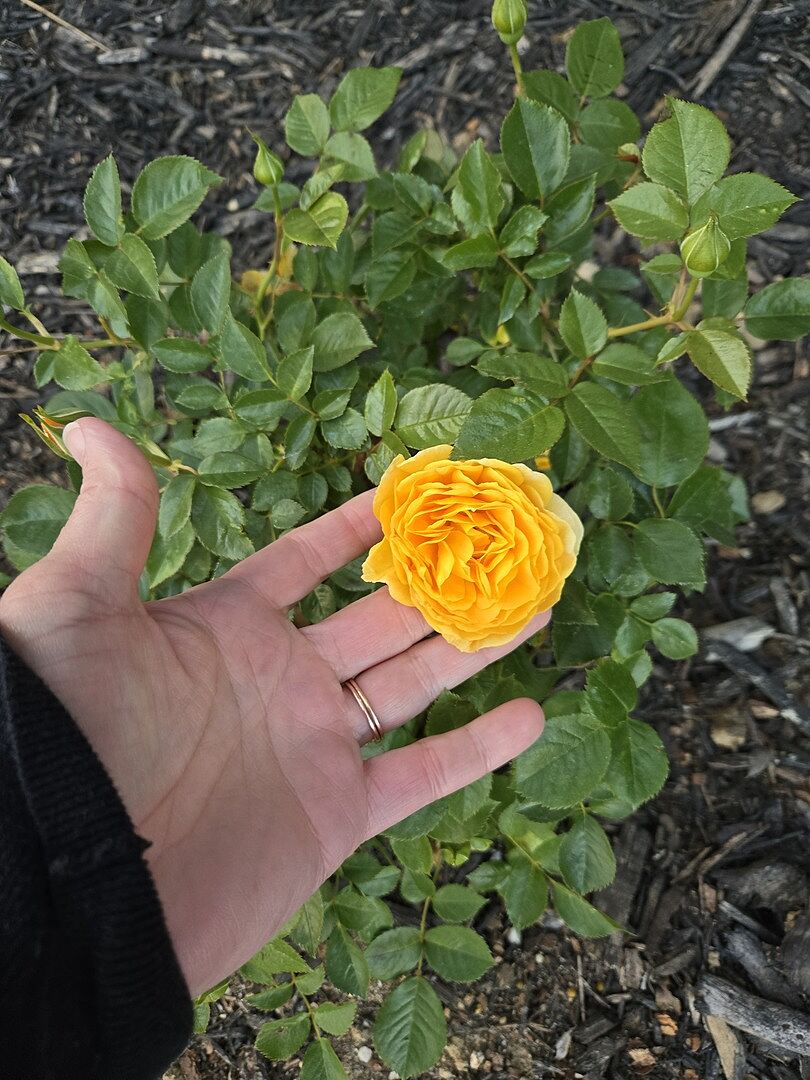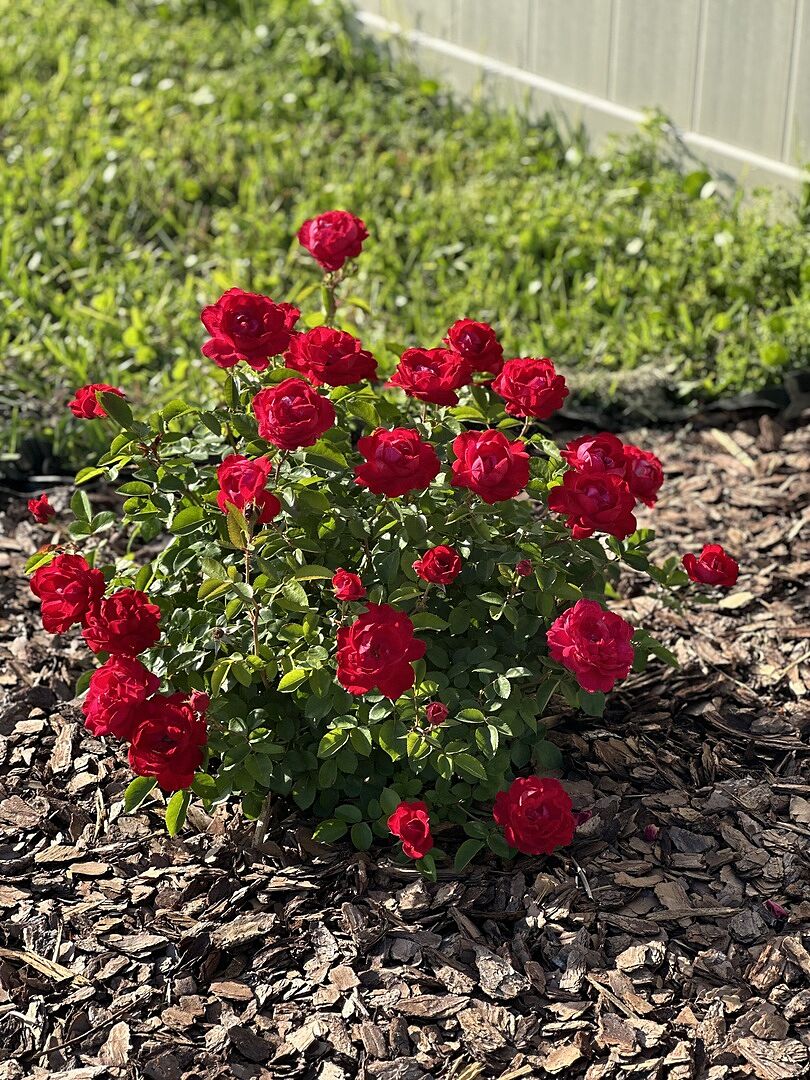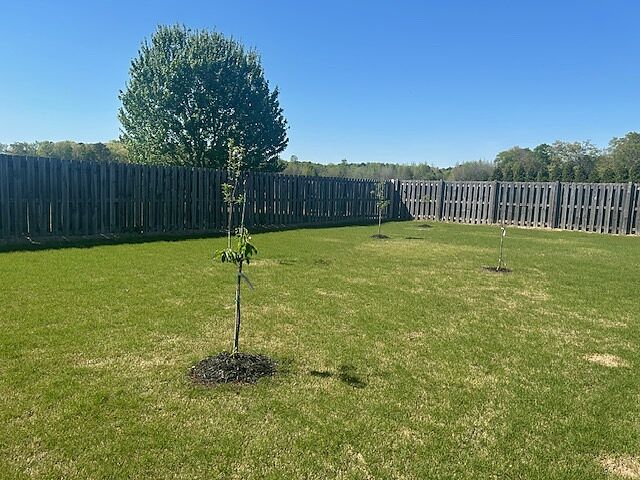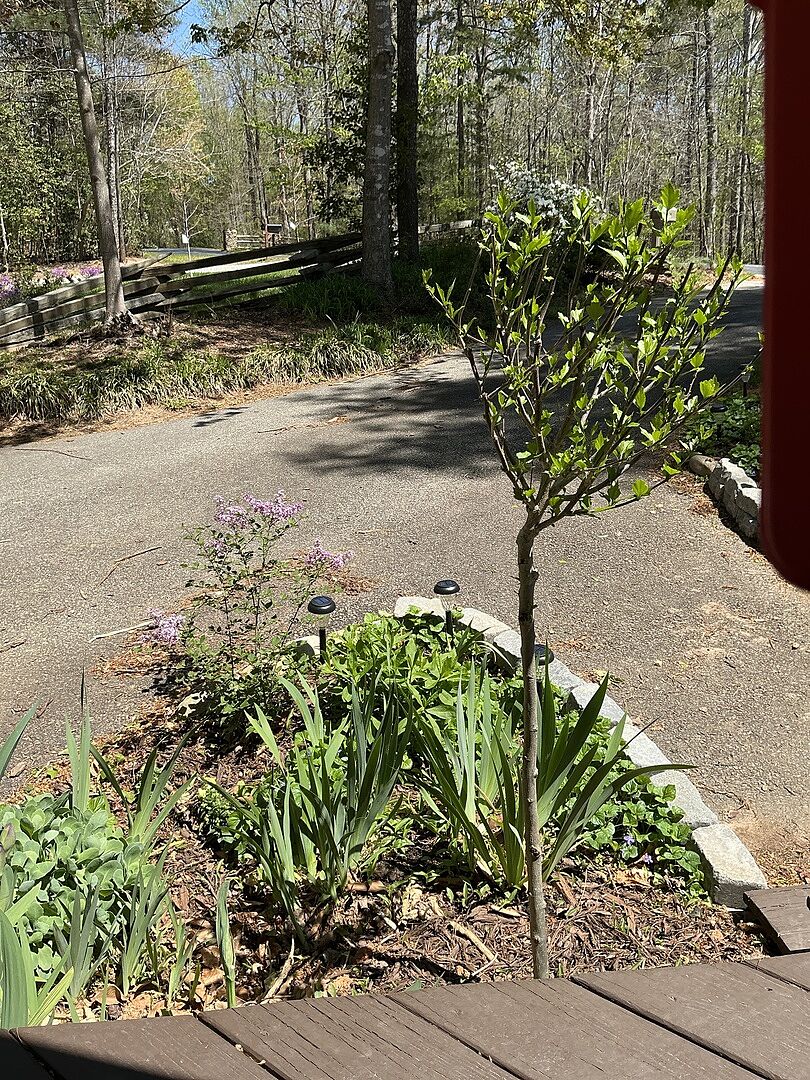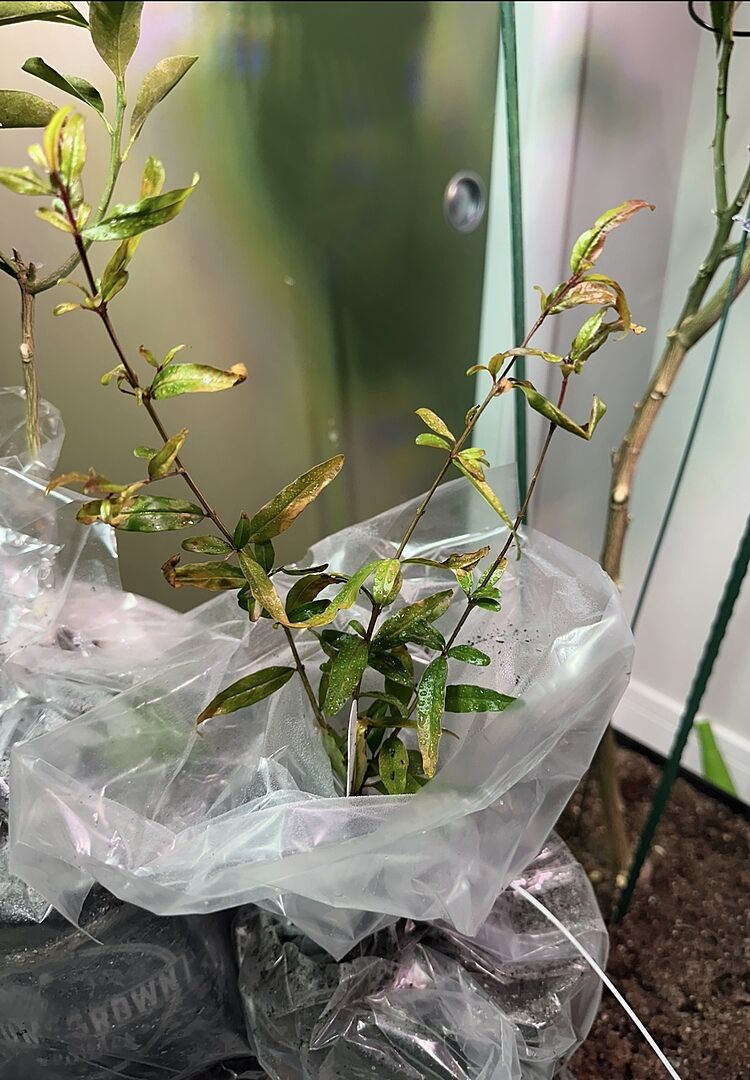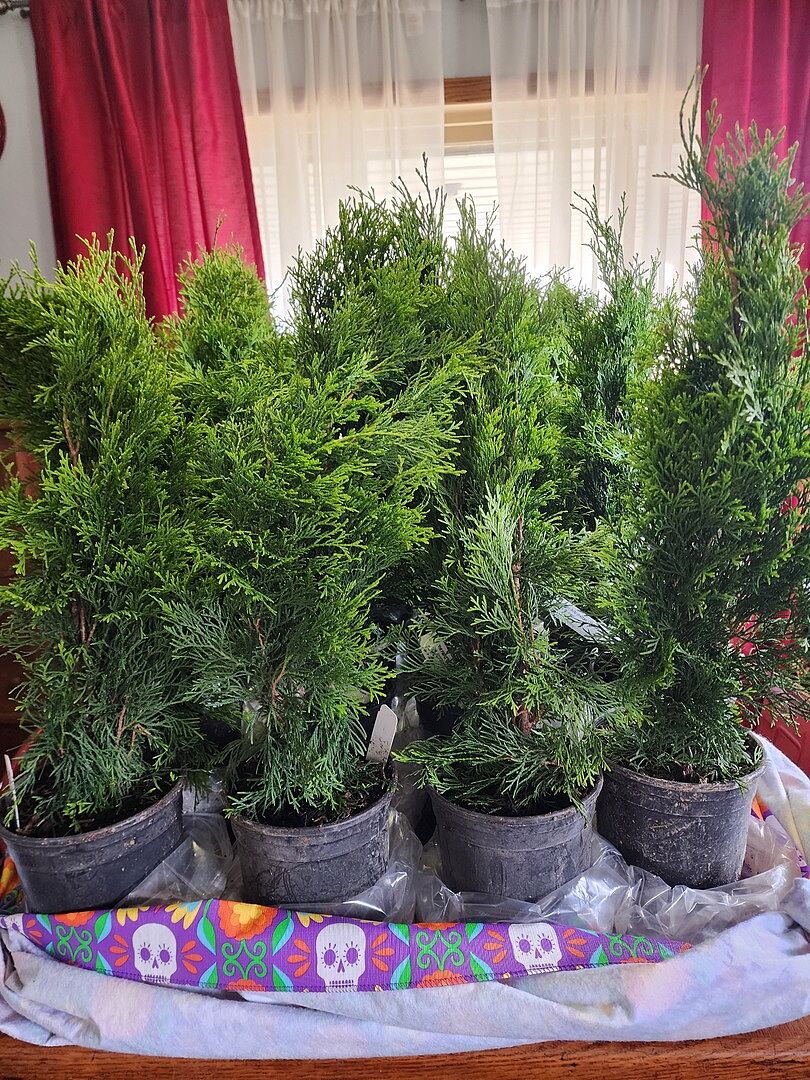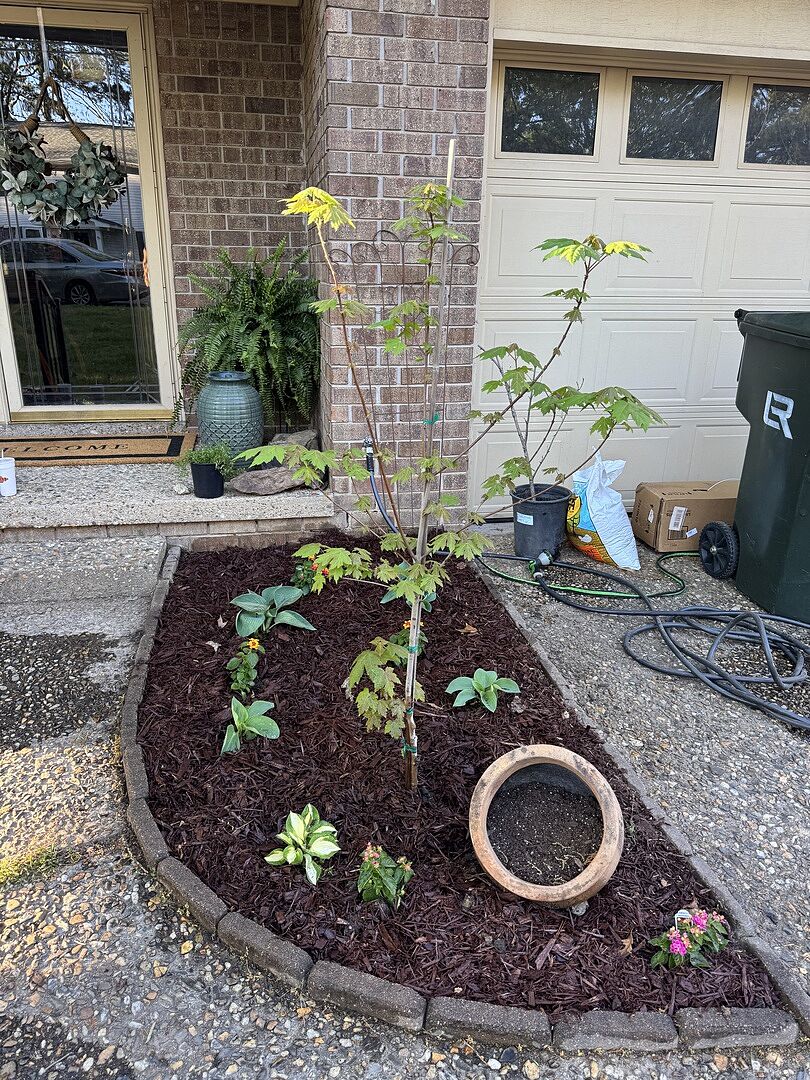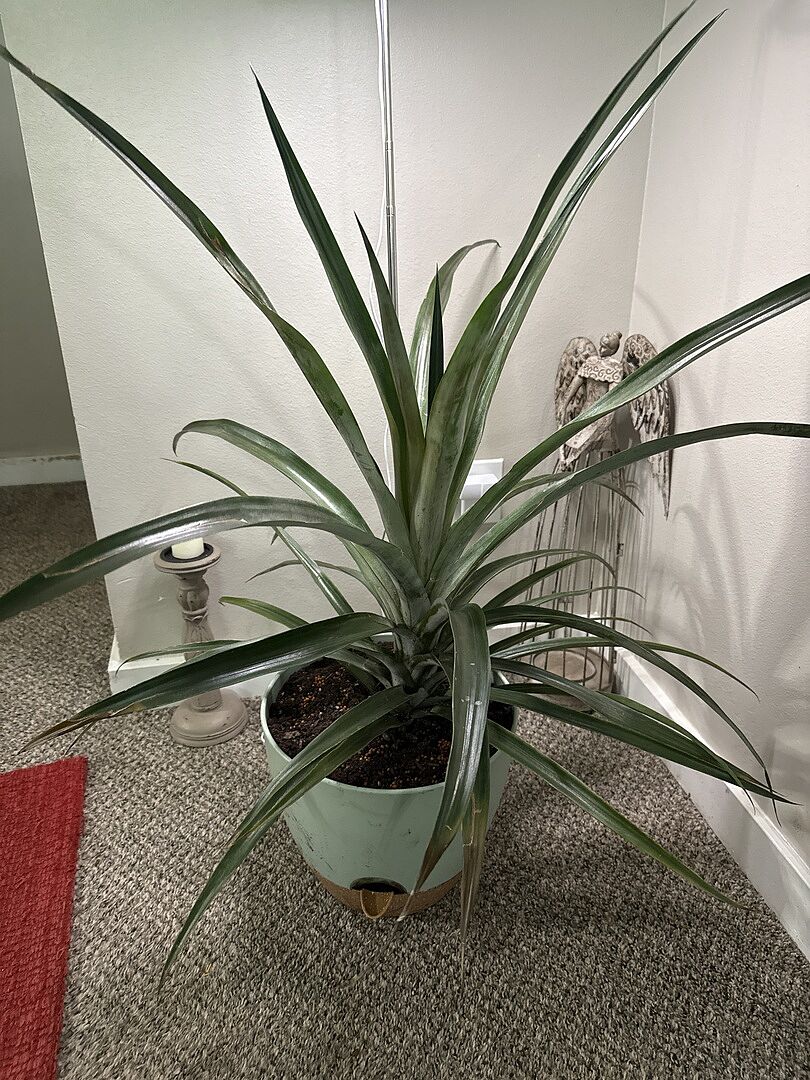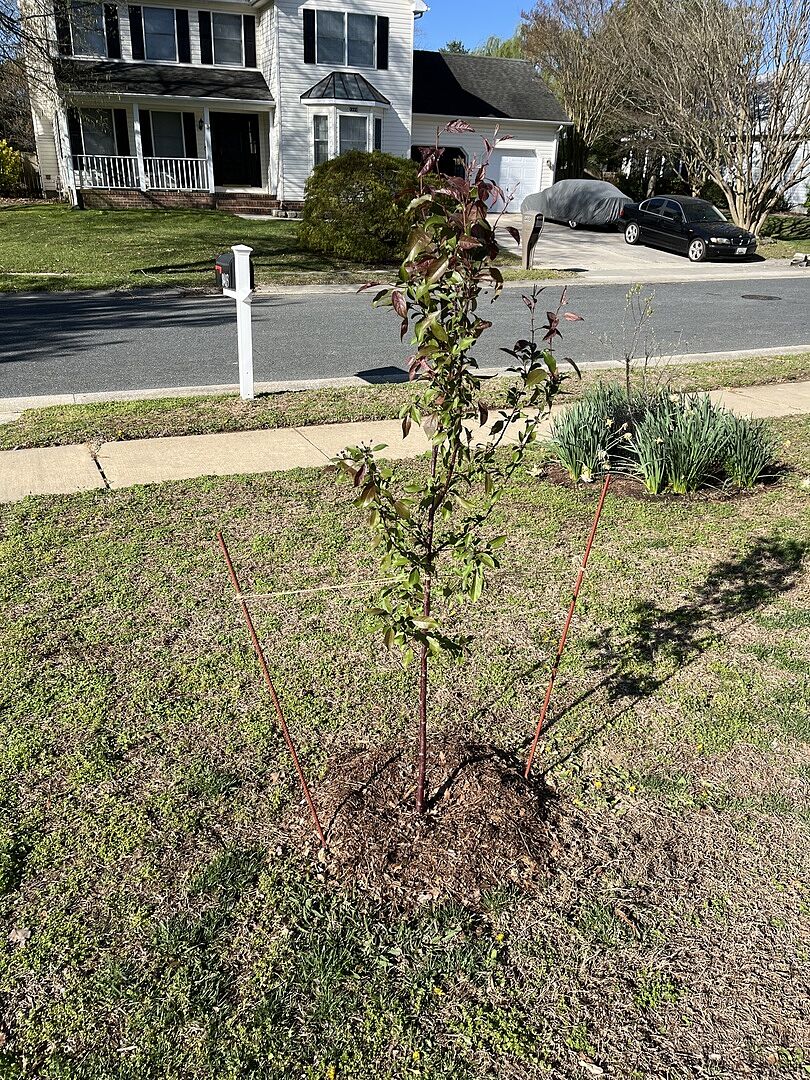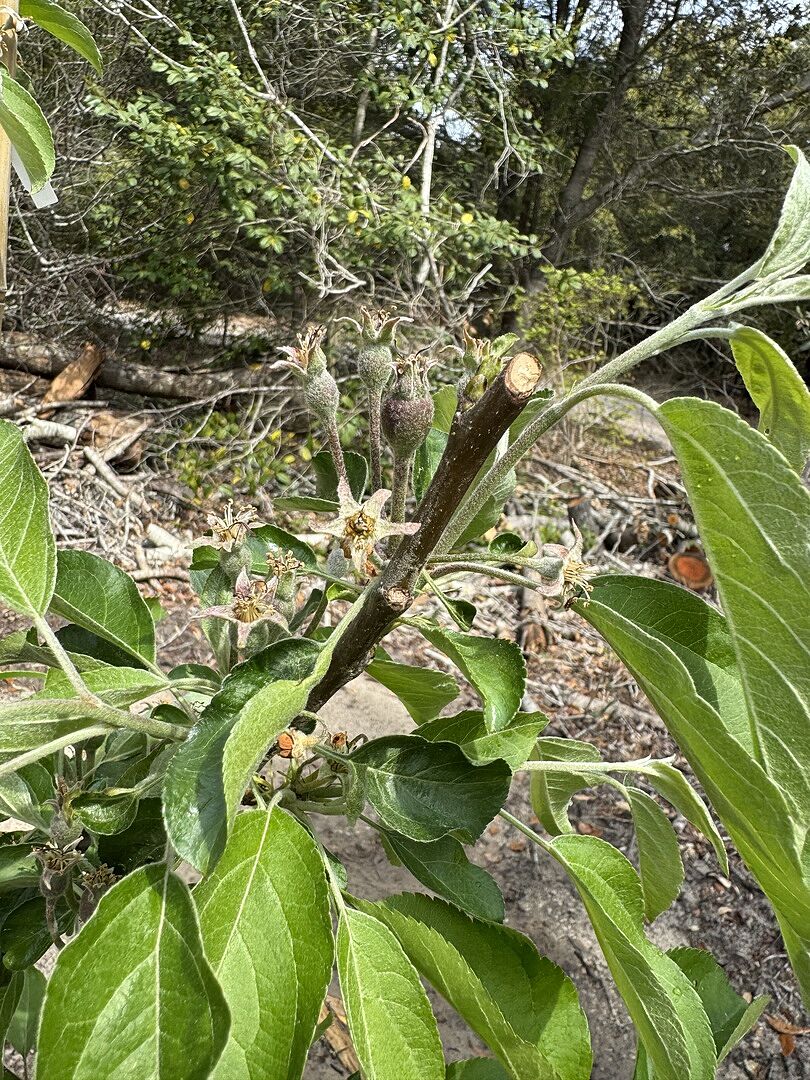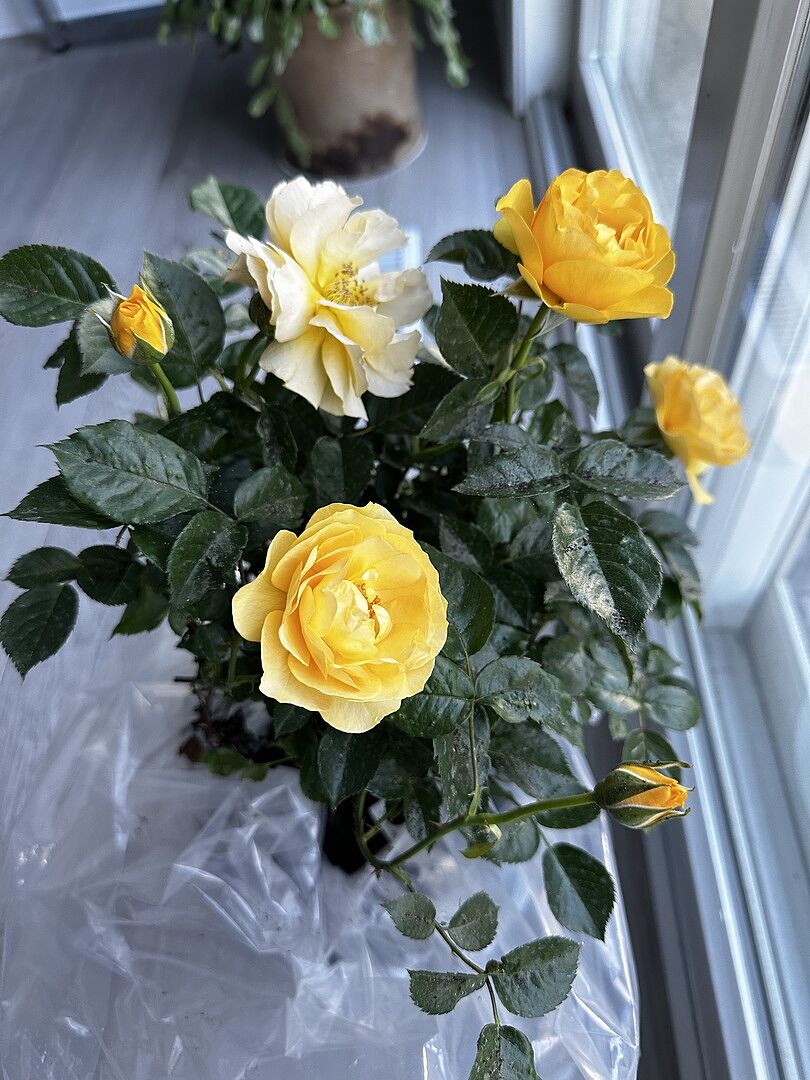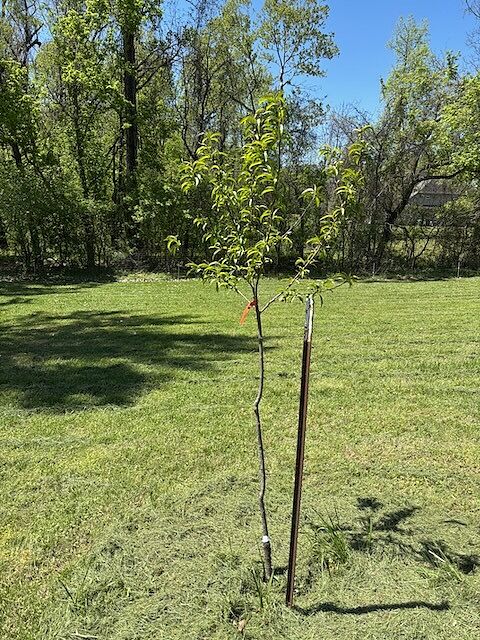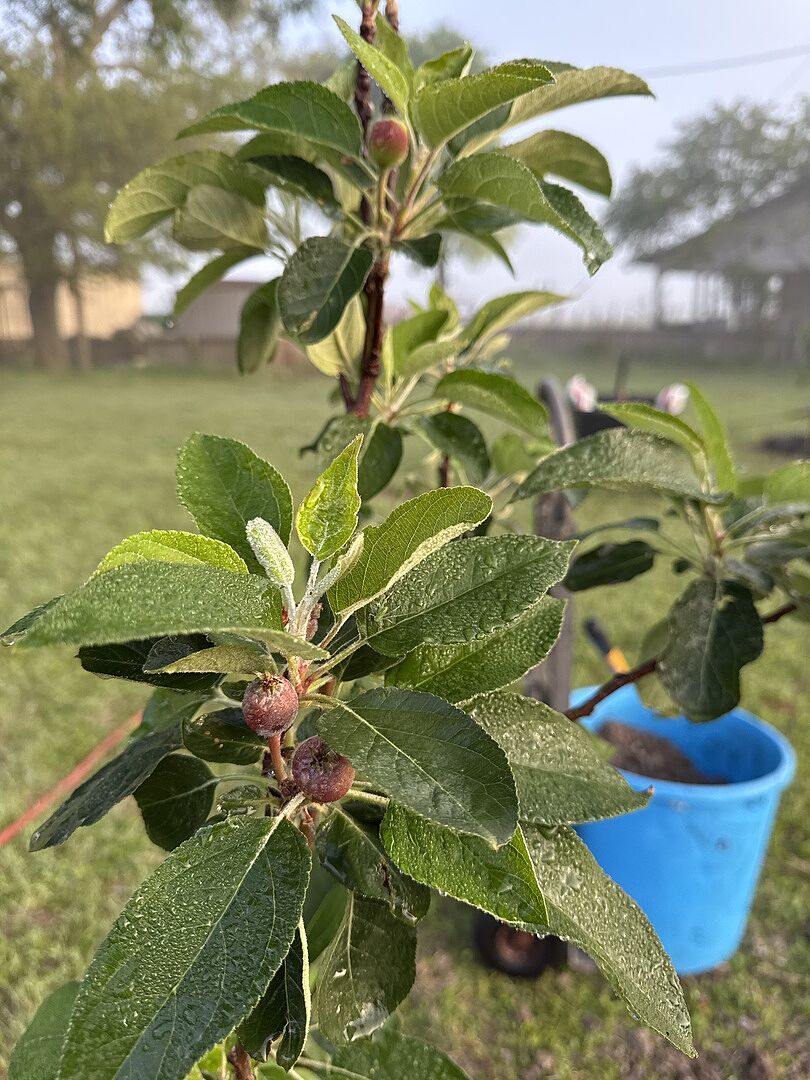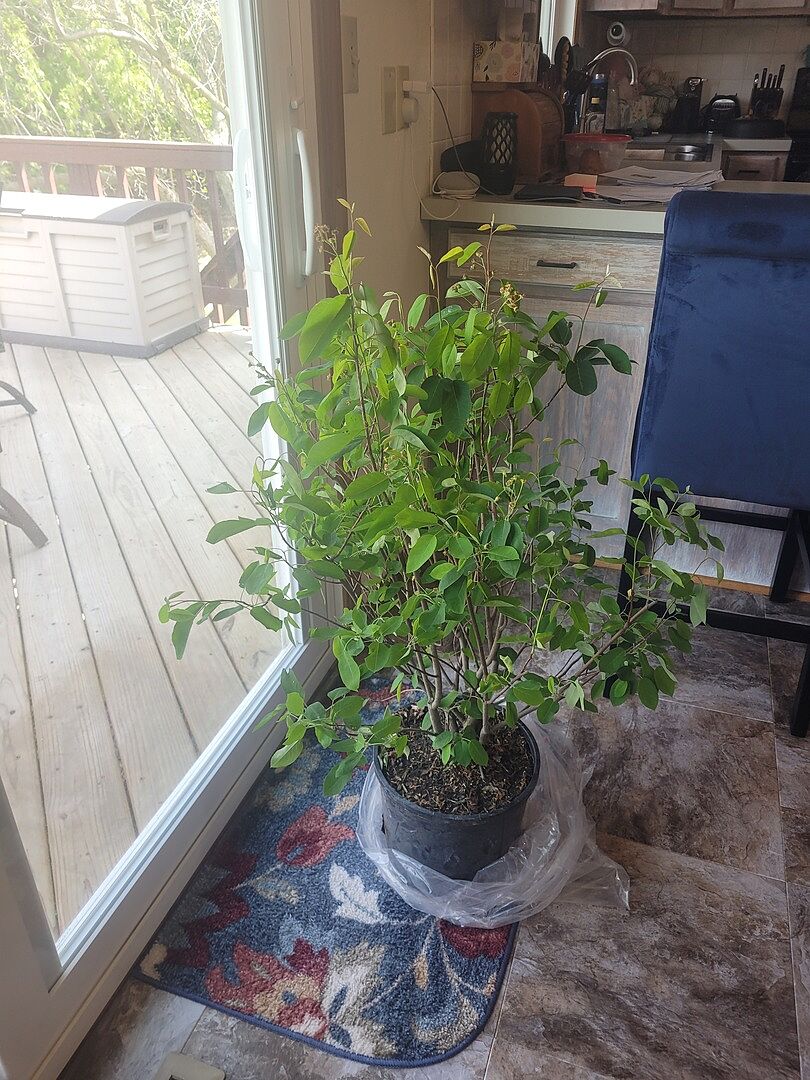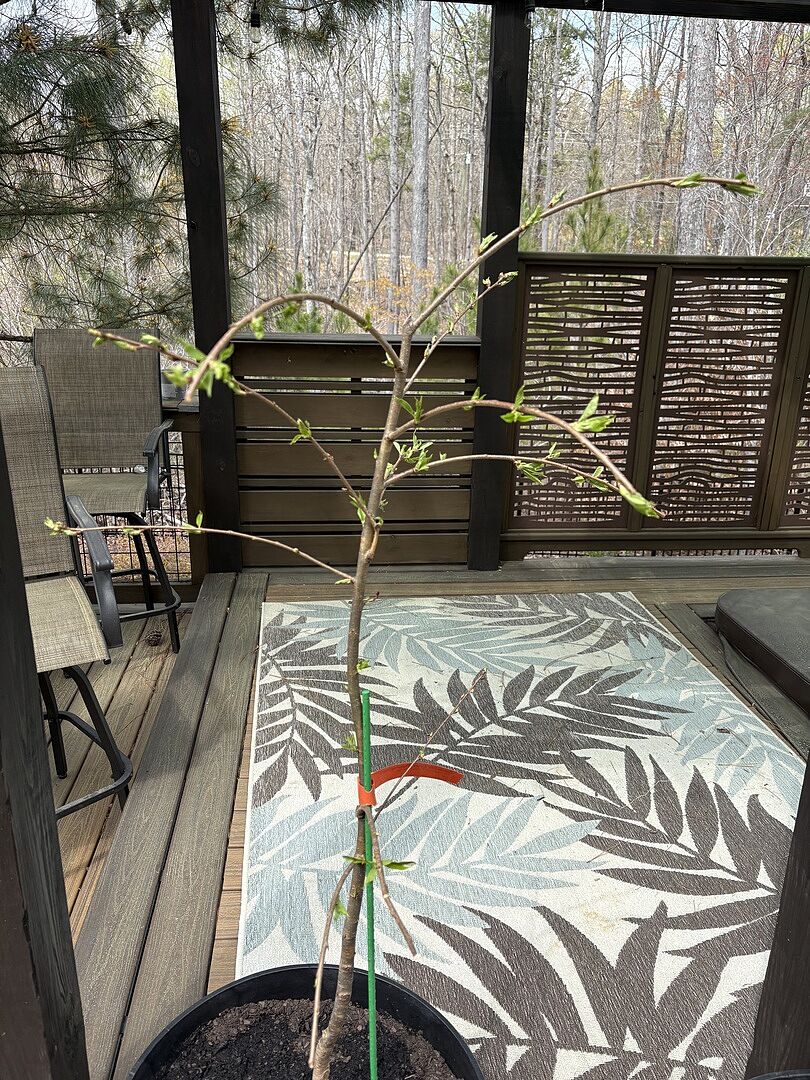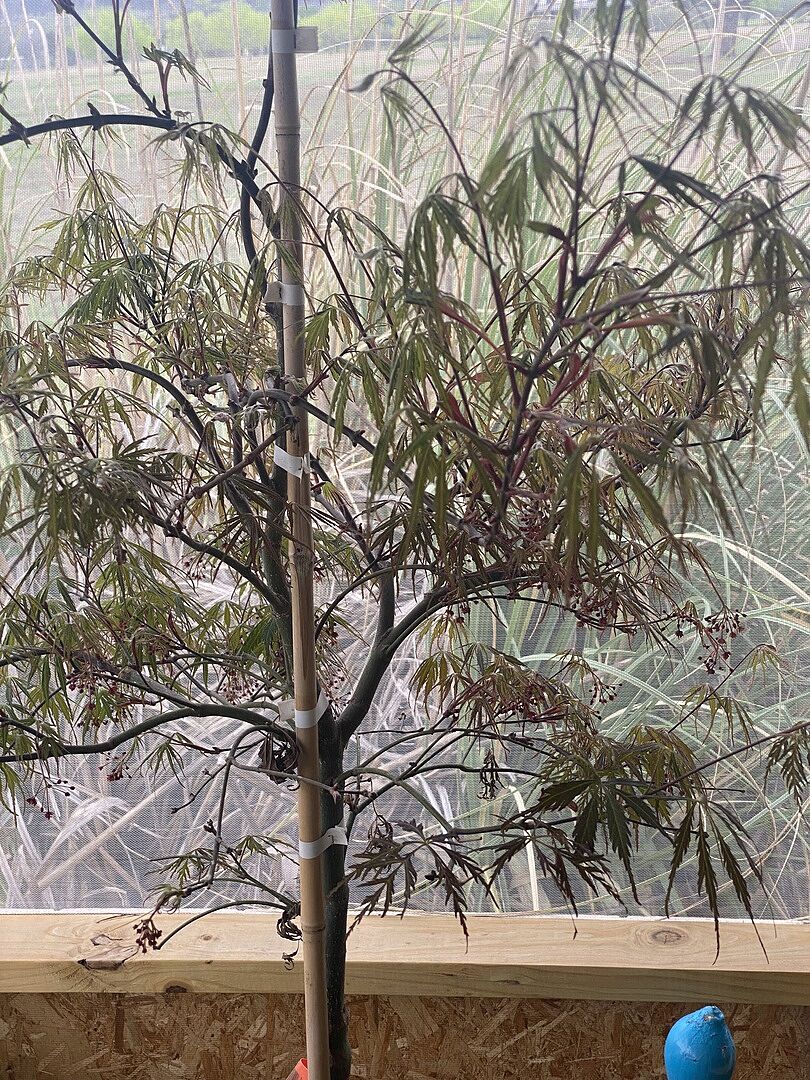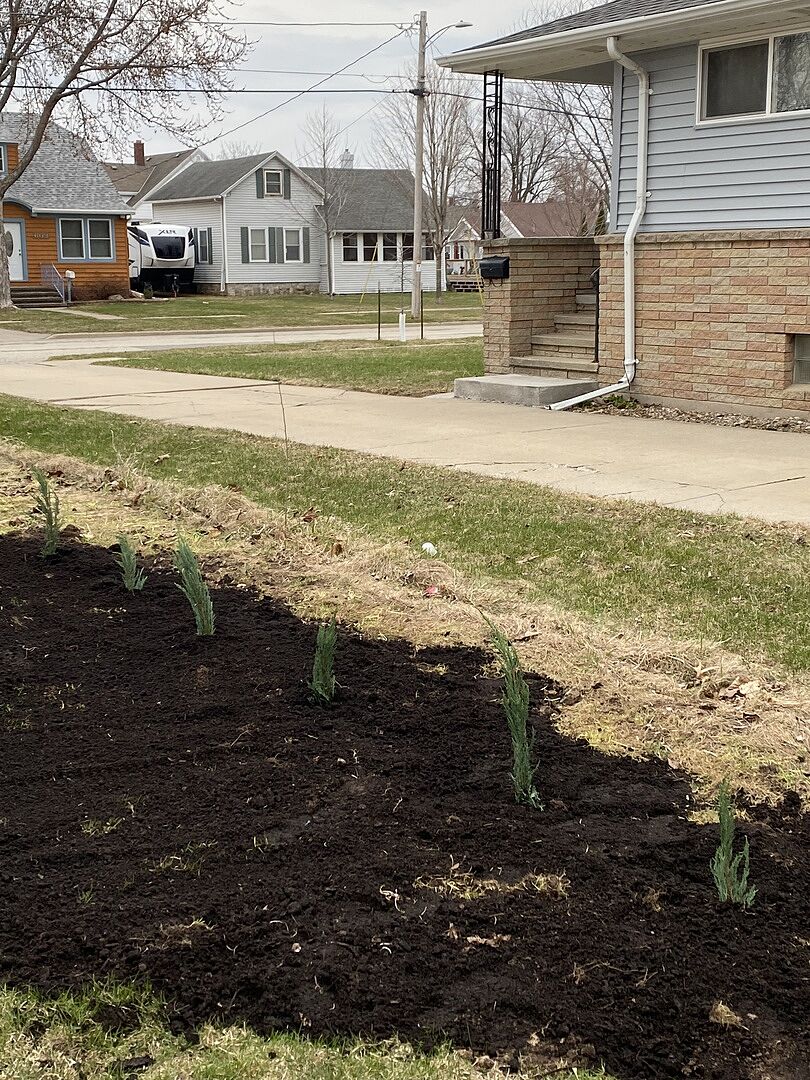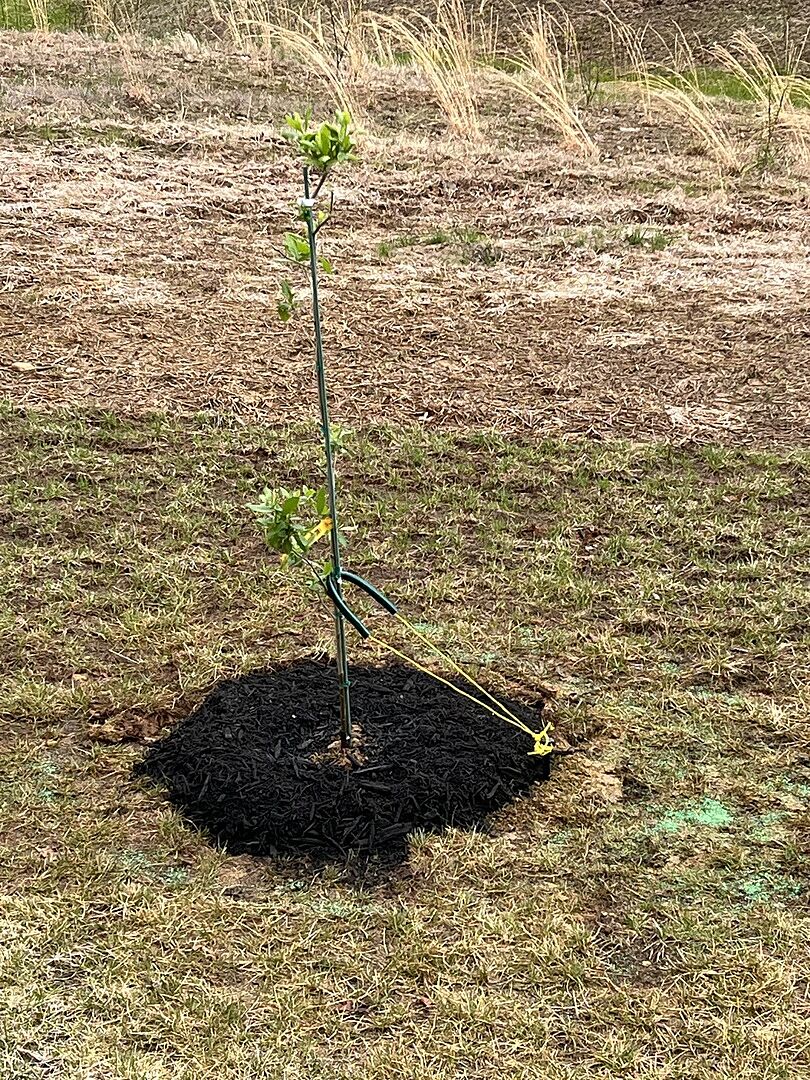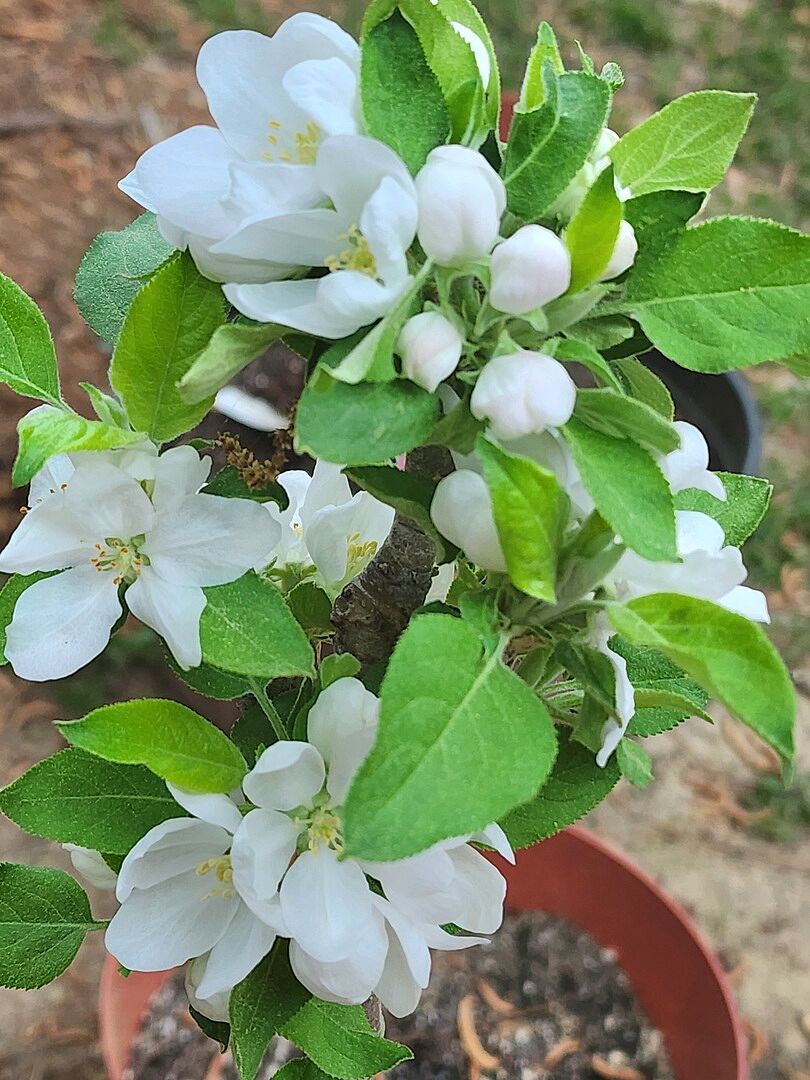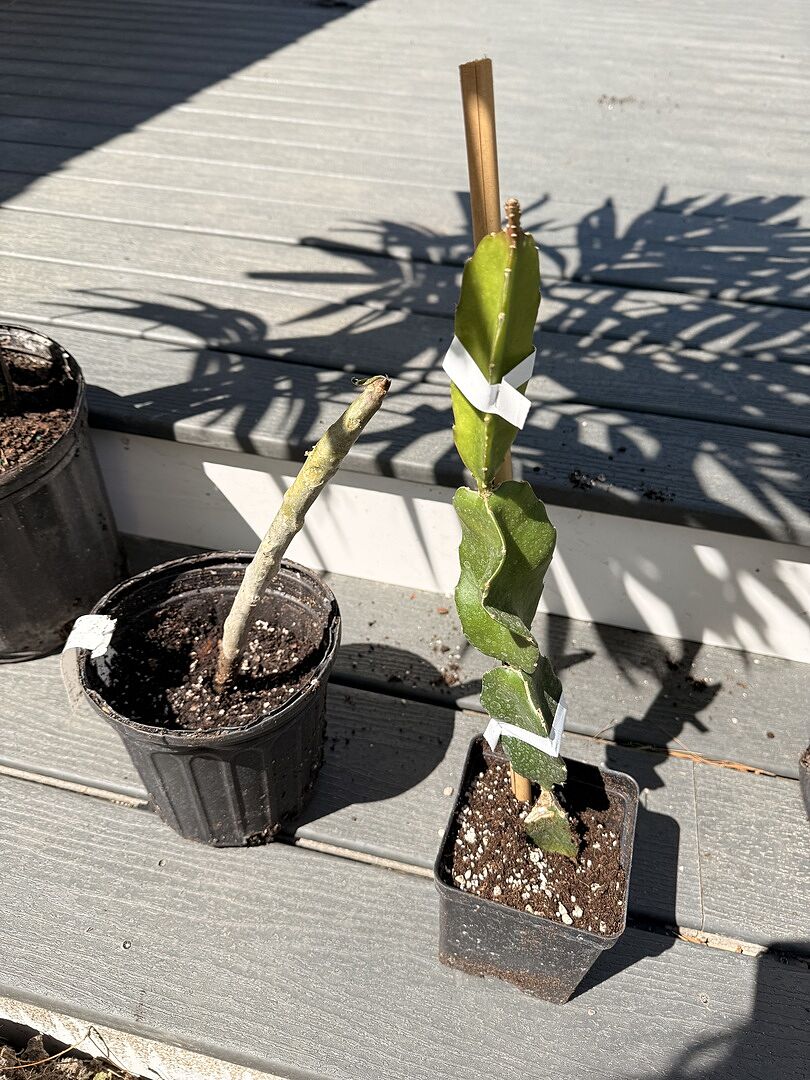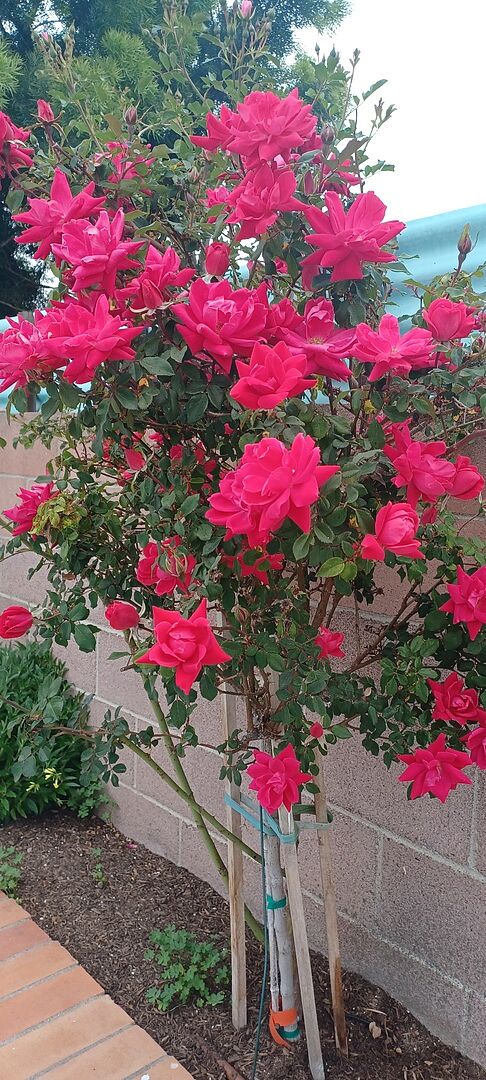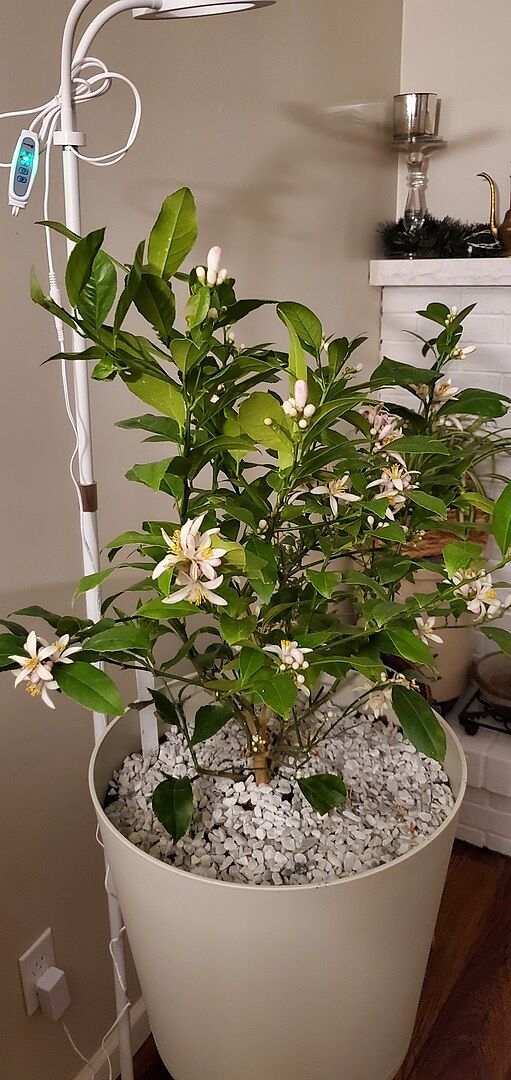Everything You Need to Know About Nandinas

Last updated: Oct 12 2021

A member of the Berberidaceae family, Nandina is a flowering plant native to eastern Asia. It’s commonly known as Sacred Bamboo or Heavenly Bamboo, while its scientific name is Nandina Domestica. Despite the name, Nandina is not in the same family as bamboo, although its leaves do resemble it.
This broadleaf shrub is durable and tough, growing up to 4 to 8 feet high and 2 to 5 feet wide. It comes in different compact varieties that can serve as groundcovers or foreground plants in the landscape. They can also be used in containers to give color and texture to patios, decks and walkways.
Keep reading to learn more about various Nandina varieties, as well as care, maintenance and planting considerations!
Types of Nandina
Nandinas have attractive, lacy foliage that add color and texture to the landscape. They’re even more interesting in the fall and winter, when the foliage takes on autumn colors like orange, red, pink, and bronze. If you’re looking to add this elegant foliage to your yard, here are a few Nandina varieties to consider:
-
Blush Pink: This compact, non-invasive variety starts out pink and turns green as it matures. In fall, it becomes red. It has no flowers or fruit, and it’s ideal for foundation planting, borders, and mass planting.

- Burgundy Wine: Characterized by finer and narrower leaves, the Burgundy Wine variety has rich red and green foliage, making it suitable for mass planting. It’s also non-invasive.
-
Fire Power: As the most compact version of Nandina, Fire Power starts out reddish and dons fiery scarlet in the fall. This non-invasive variety presents long-season colors that make it ideal for groupings.

-
Obsession: This is an improved Nandina variety with bright red foliage. It retains its color in both warmer and colder months. Nandina Obsession makes an ideal option for adding texture to your landscape and is non-invasive.

-
Gulf Stream: Adored for its copper tones, Gulf Stream is usually copper in spring and red in fall. It has spring flowers, bears no fruit and is non-invasive. You can use it in borders, mass plantings, and foundation plantings.

-
Flirt: Flirt Nandina makes the best groundcover of all the varieties and is non-invasive. It keeps its reddish color year-round, and can be grown in edges, containers, and mass plantings.

- Harbour Dwarf: This non-invasive version emerges pink and turns green at maturity. In fall, it becomes purplish-pink to red, and it blooms in spring. You can grow it in mass plantings and borders.
-
Heavenly Bamboo: This plant is greener than other varieties, and it fruits with bright red berries. It starts out green and turns deep red in spring. This variety has upright growth, and is ideal for use in borders.

Whether you’re looking for varieties that are excellent for borders, mass groupings, or foundation plantings, these Nandinas make great candidates. Their charming colors are eye-catching and will surely enhance your curb appeal.
Nandina Planting Considerations
Even with their lovely colors and qualities, there’s a few considerations to take into account when it comes to Nandinas, particularly if you’re looking to add them to your landscape.
Invasiveness
Nandinas are considered invasive plants in some southeastern United States, even though they’re not officially on every state’s invasive list. For example, they don’t appear on the Virginia Invasive Plant Species List, but do appear on the Florida Exotic Pest Plant Council’s list as a Category I species.
Nandinas have a very quick growth rate. They’re rhizomatous, meaning they reproduce vegetatively from their roots (as well as by seed). This results in dense thickets of bush that can replace native plant communities in the yard or landscape.
Nevertheless, not all cultivars of Nandina are invasive. You can still enjoy the stunning look of this shrub in your garden when you pick non-invasive varieties, such as Blush Pink, Burgundy Wine, Fire Power, Obsession, Gulf Stream and Flirt. Typically, the fruitless varieties are considered non-invasive.
Toxicity
The berries produced by certain Nandinas can be toxic to some birds, particularly the Cedar Waxwing, if ingested. However, seedless varieties will not pose this issue and will be safe for the wildlife in your area. Consider choosing non-fruiting Nandina varieties like Blush Pink, Fire Power, Obsession, Gulf Stream, Flirt, Lemon Lime, Sienna Sunrise, and Nana.
Reference our Nandina Chart for variety-specific info:
|
Variety |
Size |
Zones |
Invasiveness |
Berries |
Foliage Color |
|
Blush Pink™ Nandina Shrub Nandina domestica 'AKA' |
2’ x 2’ |
6-10 |
Non-invasive |
No berries |
Blush pink and green |
|
Flirt™ Nandina Shrub Nandina domestica 'Murasaki' |
1-2’ x 1-2’ |
6-9 |
Non-invasive |
May produce berries |
Dark red and green |
|
Fire Power Nandina Shrub Nandina domestica 'Fire Power' |
2-3’ x 2-3’ |
6-10 |
Non-invasive |
No berries |
Deep green and bright red |
|
Obsession™ Nandina Shrub Nandina domestica 'SEIKA' |
3-4’ x 3-4’ |
6-10 |
Non-invasive |
No berries |
Red and green |
|
Harbour Dwarf Nandina Shrub Nandina domestica 'Harbour Dwarf' |
2-3’ x 2-3’ |
6-9 |
Non-invasive |
May produce berries |
Green to pink-copper to bronze-red |
|
Heavenly Bamboo Nandina Shrub Nandina domestica |
5-7’ x 3-5’ |
6-10 |
Somewhat invasive |
Produces berries |
Cherry red to royal purple |
|
Gulf Stream Heavenly Bamboo Nandina domestica 'Gulf Stream' |
3-3.5’ x 3’ |
6-10 |
Non-invasive |
No berries |
Scarlet red to blue-green to orange |
|
Burgundy Wine Nandina Nandina domestica ‘Burgundy Wine’ |
2-3’ x 2-3’ |
6-10 |
Non-invasive |
Produces berries |
Burgundy and green |
Planting & Care
PlantingNandinas are relatively easy to grow in your garden, and they’re ideal for USDA hardiness zones 6-9. They prefer rich, well-drained soil and partial shade to full sun. Bear in mind that foliage color will vary, depending on the amount of sunlight the shrub gets.
Nandinas are great for both in-ground and container plantings. When planting in-ground, consider using barriers to prevent unwanted roots from spreading. You’ll also want to mulch the plants to ensure the soil retains moisture. If you plan on transplanting them, it’s best to do so in the fall and winter months when the temperatures aren’t as hot.
Pruning
Most Nandina varieties are dwarf, which means you might not need to prune them. However, some types have taller stems and branches, which can be cut to maintain your desired size and shape. Pruning can be done at any time of the year, and you can even use the cuts in your flower arrangements!
Fertilizing
Nandinas will thrive with light feeding at least every year, and they prefer fertilizers made for Evergreens and Rhododendrons. You can apply the fertilizer in late February or early June. After the application, water your shrub adequately to prevent root burn.
Nandinas are wonderful for adding to landscape settings of all kinds. There’s a reason you see them in many parks and yards, as well as other locations. Their bright-red berries and dark-green foliage, which changes in fall, offer contrasting beauty in the landscape. Ideally, they brighten up spaces without taking up much room.
If you’re looking to add Nandinas to your landscape, take the time to understand the different varieties for your area and their planting and care requirements. Containers, mass groupings and foundation plantings will all benefit from these unique and beautiful plants!
Find the Nandina that’s right for you! Shop our collection.

Written by
Sarah Logie
As Content Strategist at FastGrowingTrees.com, Sarah is smitten with words and a fanatic for flowers, particularly cut florals and house plants. With a love for curating compelling content, she also enjoys furthering her plant knowledge along the way! A few of her favorite flowers include hibiscus, hydrangeas, peonies and dahlias.
Sarah’s fondness for plants was cultivated through many childhood trips to Longwood Gardens in southeastern Pennsylvania, as well as through her first job out of college at a floral event design company. In her free time, catch her snapping photos of anything and everything, day-dreaming about interior decor, and enjoying the outdoors any chance she gets.
Featured Product

Tri-Color Dappled Willow
381 reviewsStarting at $24.95


















































































































































